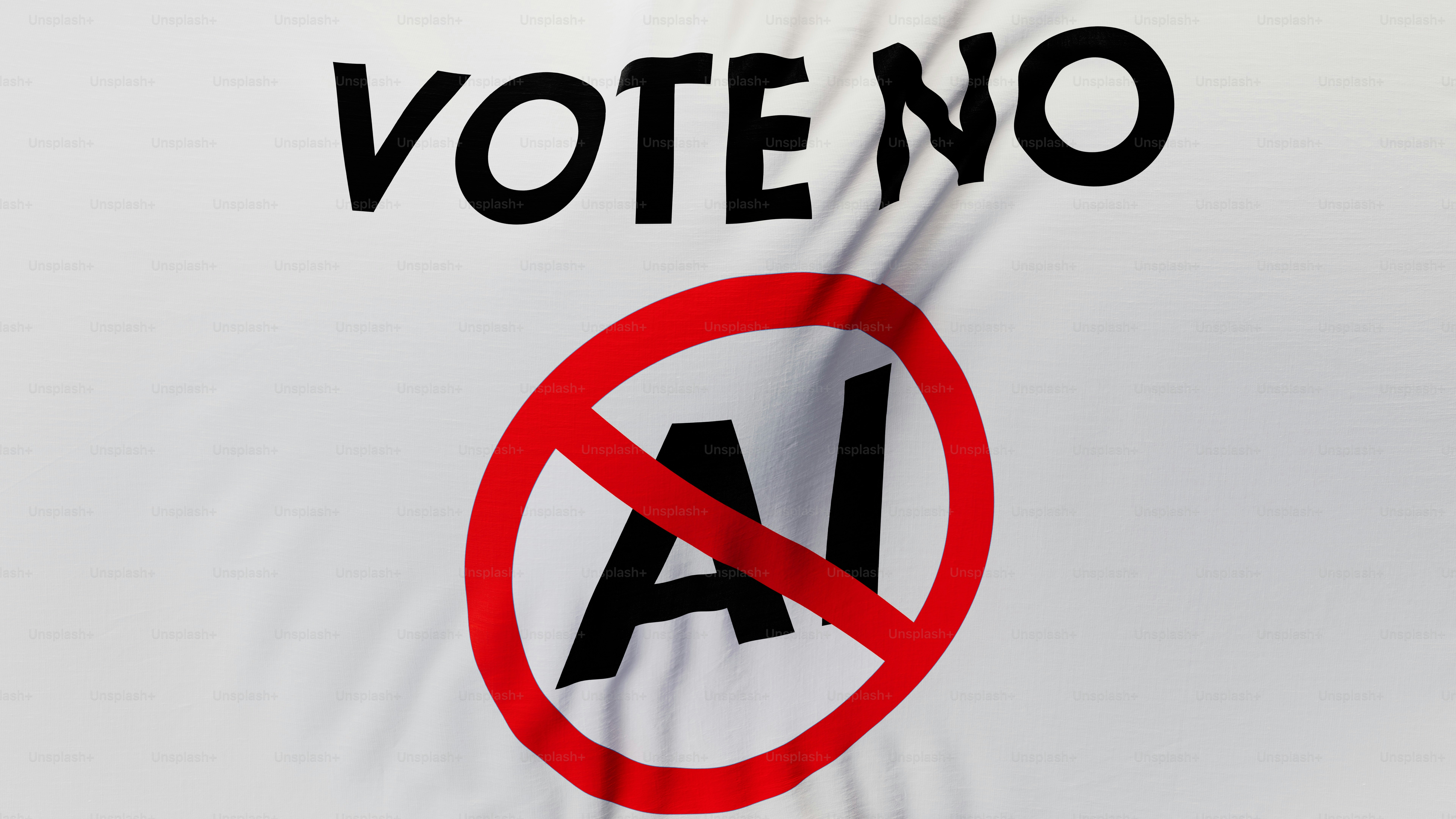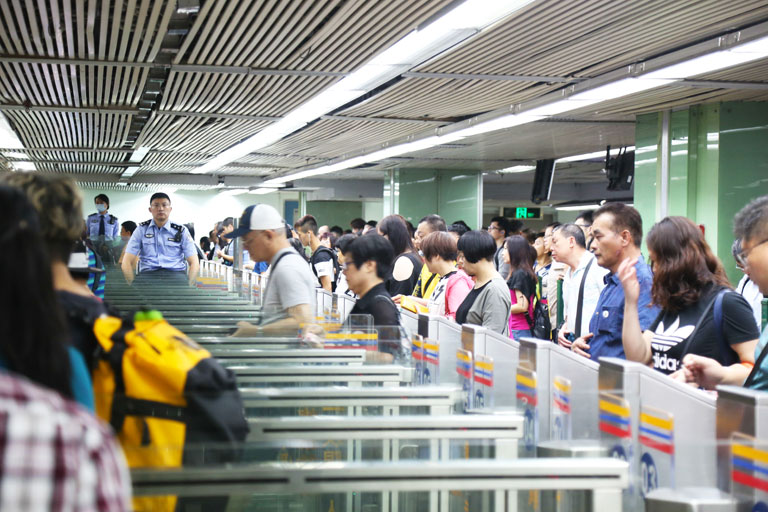Let’s be blunt – the past two weeks have seen a surprisingly effective policy response from Beijing. Nomura China’s Chief Economist, Lu Ting, rightly points out the crucial role of the People’s Bank of China (PBOC) stepping in to backstop the ‘national team,’ effectively stabilizing our equity markets. And thankfully, we’re seeing some much-needed calm return to the currency front as well.
However, let’s not get ahead of ourselves. This isn’t a time for popping champagne. Stability in stocks, the yuan, and – crucially – the property market must continue to be prioritized. One swallow doesn’t make a summer, and these initial gains are fragile.
Now, about stimulating consumption… we’ve had two rounds of “trade-in” schemes. While they’ve provided a boost, their impact is limited. It’s time to think smarter.
Let’s pivot – and quickly – towards boosting services consumption. This is where the real potential lies. Think tourism, healthcare, entertainment. These areas offer more sustainable growth and aren’t nearly as sensitive to the property market’s woes.
Deep Dive: Understanding China’s Policy Toolkit
China’s policymakers often utilize a multi-pronged approach to stabilize the economy. This includes direct intervention in markets, like the PBOC’s relending to state-backed investors.
“Re-lending” is a powerful tool. It’s essentially the central bank providing cheap loans to commercial banks, who then lend to specific entities – in this case, the ‘national team’ – to buy assets.
This isn’t just about propping up prices; it’s about signaling resolve and restoring investor confidence. A shaky market scares everyone, so a show of force is sometimes necessary.
Beyond financial tools, policy levers extend to fiscal stimulus, aimed at encouraging spending. The challenge remains finding effective areas for that stimulus – hence the shift towards services.







